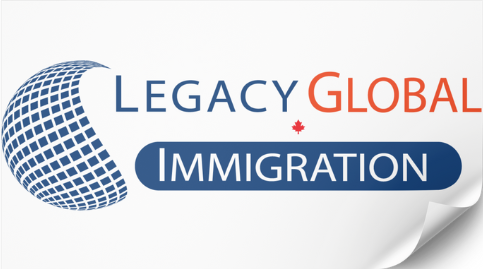Abstract
In response to economic pressures and community challenges, Canada has announced strategic adjustments to its Permanent Resident Programs. By reducing immigration targets and prioritizing pathways for temporary residents already in the country, the government aims to balance the need for skilled workers with the realities of housing and social service demands. This article examines the goals of the revised policy, including labor market alignment, support for refugee resettlement and family reunification, and bolstering Francophone communities outside Quebec.
Introduction
As Canada’s economy grows and its population ages, the need for skilled newcomers remains critical to sustaining essential social programs, including healthcare, pensions, and infrastructure. Yet, the current landscape presents pressures on housing availability, job quality, and social support systems. In response, Canada’s government, led by Minister of Immigration Marc Miller, has announced an updated approach to its Permanent Resident Programs that reduces targets and enhances support for current temporary residents seeking permanent status.
Key Adjustments to Permanent Resident Targets
The government’s revised immigration targets set a gradual reduction in permanent resident admissions:
- 395,000 in 2025 (down from 500,000),
- 380,000 in 2026, and
- 365,000 in 2027.
These adjustments are expected to alleviate pressure on the housing market, reducing the projected housing supply gap by approximately 670,000 units by the end of 2027.
Focusing on Current Temporary Residents
Recognizing the contributions of international students and temporary workers, the government has committed to prioritizing these groups in the permanent residency process. With over 40% of permanent residency spots now reserved for temporary residents already in Canada, the policy aims to facilitate the transition of skilled and educated individuals already integrated into the economy. This approach supports economic growth without introducing additional strains on social services, as newcomers with Canadian experience have demonstrated strong, long-term success.
Enhanced Economic Immigration Streams
Canada’s economic immigration pathways, including the Canadian Experience Class and provincial nominee programs, will undergo targeted adjustments. These programs will now emphasize transitions to permanent residency for essential workers in sectors like healthcare and skilled trades. This refined “In-Canada Focus” aligns with labor market needs, encouraging sustainable growth by retaining talent within the country.
Commitment to Refugee Resettlement and Family Reunification
While overall targets for refugee resettlement have been reduced, Canada reaffirms its global leadership in supporting vulnerable populations. Additionally, family reunification remains a priority, with nearly 24% of admissions allocated to family immigration in 2025. This commitment ensures that spouses, children, and other family members continue to have pathways to join loved ones in Canada.
Strengthening Francophone Communities Outside Quebec
As part of a broader goal to support Francophone culture across Canada, the revised plan targets nearly 30,000 French-speaking newcomers in 2025, with an increasing share of admissions each year, reaching 10% of total newcomers by 2027. This initiative is designed to restore the demographic weight of Francophone communities outside Quebec, helping to reinforce Canada’s bilingual identity.
Conclusion
Canada’s recalibrated Permanent Resident Programs mark a pivotal shift toward sustainable, community-centered immigration policy. By reducing overall targets and prioritizing current residents’ transition to permanent status, Canada aims to address labor needs while alleviating social and housing pressures. These changes reflect a balanced approach to growth, aligning with both the nation’s economic goals and the needs of local communities.
Key Takeaways
Supporting Francophone Communities: Canada will increase Francophone immigration outside Quebec, targeting 30,000 French-speaking newcomers in 2025, with a goal of reaching 10% of total admissions by 2027. This supports the demographic vitality of Francophone communities across the country.
Lower Permanent Resident Targets: Canada will reduce permanent resident targets to 395,000 in 2025, 380,000 in 2026, and 365,000 in 2027, aiming to balance immigration needs with housing supply and social resource availability.
Prioritizing Current Temporary Residents: Over 40% of permanent residency spots will go to international students and temporary workers already residing in Canada, allowing skilled and experienced individuals to contribute to the workforce without adding new pressures on social services.
Targeted Economic Immigration: Adjustments to economic immigration streams will emphasize transitioning current residents to permanent status and focus on labor needs in healthcare, trades, and other essential sectors. Programs like the Canadian Experience Class and provincial nominee programs will prioritize these groups.
Refugee and Family Reunification Commitments: Despite the reduction in overall targets, Canada remains committed to refugee resettlement and family reunification, with 24% of admissions allocated to family immigration in 2025.







